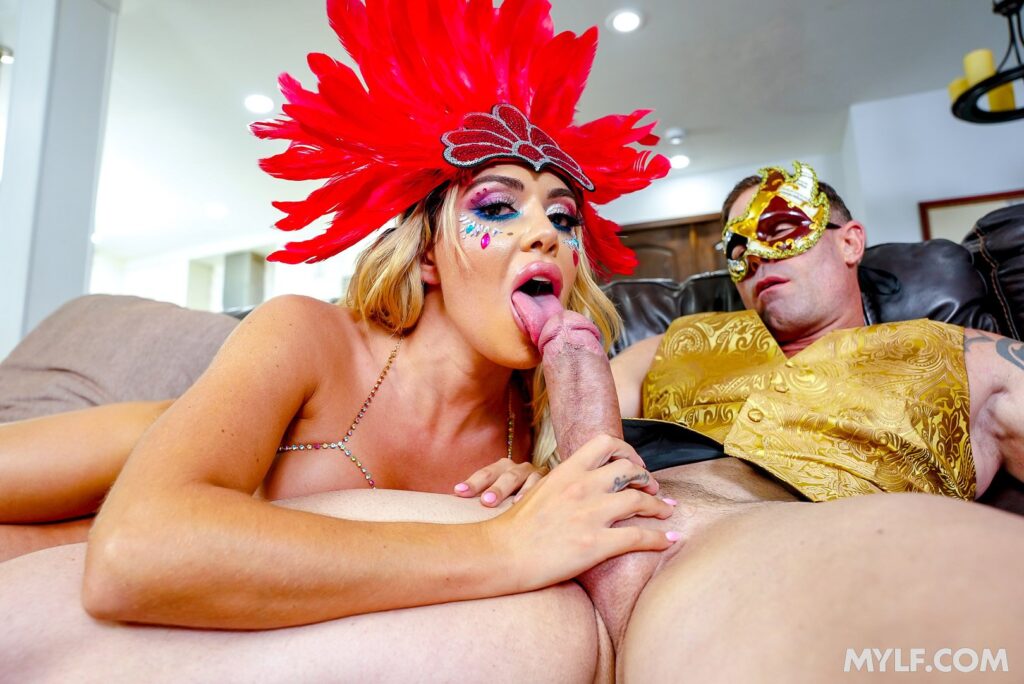Erotic literature has been a popular form of entertainment for centuries, providing a safe and accessible outlet for exploring sexual desires and fantasies. From the ancient Greek erotic poetry to the modern-day erotic story, this form of literature has evolved and adapted to the changing cultural and social norms. However, the impact of erotic literature on sexual expression and creativity remains a controversial and debated topic.
On one hand, some argue that erotic literature can be empowering and liberating, allowing individuals to explore their sexuality in a safe and consensual manner. By providing a space for individuals to imagine and fantasize about different sexual scenarios, erotic literature can help individuals to discover their preferences and desires. Furthermore, erotic literature can also serve as a source of inspiration and creativity, providing new ideas and perspectives on sexual expression.
On the other hand, some argue that erotic literature can be damaging and objectifying, promoting unrealistic and harmful stereotypes about sexuality and relationships. Furthermore, the availability of explicit and graphic content in some erotic literature can contribute to the normalization of non-consensual and abusive behaviors.
Despite these controversies, there is no denying the popularity and appeal of erotic literature. With the rise of self-publishing platforms and e-books, it has become easier than ever for writers and readers to access and create erotic literature. This has led to a proliferation of diverse and inclusive voices in the genre, challenging traditional stereotypes and promoting more realistic and nuanced portrayals of sexuality.
Moreover, the impact of erotic literature on sexual expression and creativity is not limited to individual readers. The genre has also inspired and influenced other forms of art and media, including film, television, and visual art. For example, the popularity of Fifty Shades of Grey has led to a resurgence of interest in BDSM and power dynamics in popular culture, while the works of Anaïs Nin and Henry Miller have inspired generations of writers and artists to explore and express their sexuality in new and innovative ways.
In conclusion, the impact of erotic literature on sexual expression and creativity is complex and multifaceted, reflecting the diverse and evolving nature of sexuality itself. While there are valid concerns about the potential negative effects of explicit and graphic content, there is also evidence to suggest that erotic literature can be empowering and liberating, providing a safe and consensual space for individuals to explore their desires and fantasies. Ultimately, the value and impact of erotic literature will depend on the individual reader and the context in which it is consumed.
As a responsible and ethical writer, it is important to approach the topic of erotic literature with sensitivity and nuance, avoiding sensationalism and exploitation. By providing a thoughtful pornography and balanced perspective, writers can help to promote a more inclusive and diverse understanding of sexuality, while also acknowledging and addressing the potential risks and harms associated with explicit and graphic content.

